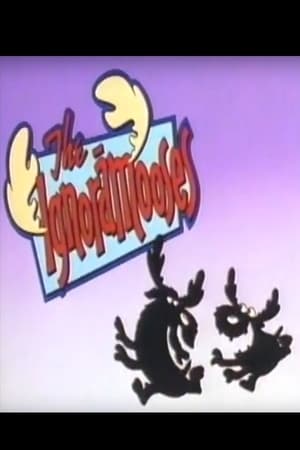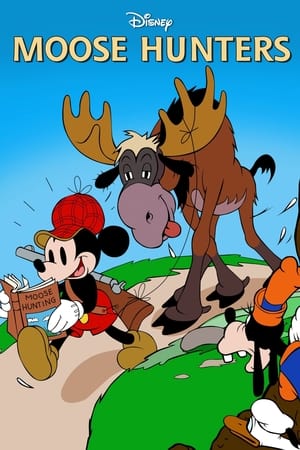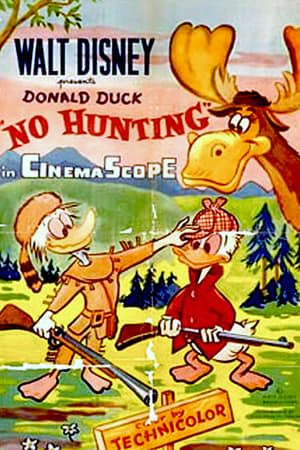

L'homme Panache au Yukon 4(2006)
Movie: L'homme Panache au Yukon 4
Top 1 Billed Cast
L'Homme Panache

L'homme Panache au Yukon 4
HomePage
Overview
Release Date
2006-01-01
Average
0
Rating:
0.0 startsTagline
Genres
Languages:
Keywords
Similar Movies
Jewel’s Hunt(en)
Sixteen-year-old Jewel Wilson is the next generation in a long line of prolific Inupiat subsistence hunters in Unalakleet, Alaska. Her ability to hunt moose is hindered by two pressing issues – scarce wildlife and the pressures of high school life. Finding sufficient food competes with track practice and homework in Jewel’s multilayered world. Along with her father, Jewel turns to the land to feed their family and finds that their village’s way of life is endangered by the same environmental shifts that could affect us all. In hunting moose, we see that Jewel is also hunting for answers. How will her village survive if subsistence hunting is threatened? Can she honor the traditions of her Elders while navigating the pressures and anxieties of a modern, connected teenager? "Jewel’s Hunt" proves to be both physical and philosophical in this insightful exploration of what it means to come of age in complicated times in Unalakleet, Alaska.
 4.0
4.0Tiger Fangs(en)
A big-game hunter travels to Malaya to help stop the Nazis and Japanese from destroying the rubber industry.
 5.9
5.9Walking Out(en)
A city teen travels to Montana to go hunting with his estranged father, only for the strained trip to become a battle for survival when they encounter a grizzly bear.
 4.0
4.0The Ignoramooses(en)
When two moose find tracking collars on their necks, they think they are dog collars and try to find an owner.
 6.3
6.3Moose Hunters(en)
Goofy (front) and Donald (rear) are dressed in a moose suit, trying to lure moose for hunter Mickey. When they do find one, it turns out to be more than they can handle.
 6.5
6.5No Hunting(en)
Donald is inspired by the spirit of his forefathers to take up a gun and go hunting for his food.
Rhino(en)
Evil poachers killing rhino’s who turn to butchering humans instead, blah, blah, blah... Deon Stewardson kills the main villain in a fight at a taxidermists workshop - impaling him on, wait for it, wait for it... a rhino horn!
 0.0
0.0After the Hunt(sv)
When the hunter arrives for this year's moose hunt, a young woman who is new to the hunting team is introduced. He watches her during the hunt and then he steps into action.
The True Story of the Bridge on the River Kwai(en)
Made famous by the 1957 Hollywood movie, the bridges of the River Kwai emblematize one of the most misunderstood events in history. Contrary to the romanticized film version, the structures represent a period of terror, desperation, and death for over 16,000 POWs and 100,00 local slaves. The Thailand - Burma Railway was the vision of the Japanese Imperial Army: a 250-mile track cut through dense jungle that would connect Bangkok and Rangoon. To accomplish this nearly impossible feat, the fanatical and ruthless Japanese engineers used POWs and local slaves as manpower. Candid interviews with men who lived through the atrocity - including Dutch, Australian, British, and American POWs - illuminate the violence and horror of their three-and-a-half-year internment. From Britain's surrender of Singapore the enduring force of friendship, The True Story Of The Bridge On The River Kwai narrates a moving and unforgettable account of a period in history that must be remembered.
Killer Instinct - The Rise and Fall of Mike Tyson(en)
We see the man in action, in the ring as the intense fighting machine with killer instincts, and out of the ring as the quietly spoken young man.
Son of Torum(et)
In the same vein as Meri's other documentations, this one takes advantage of the glasnost policy to discuss the social and ecologic impact of the Russian oil industry on the natives and the lands they inhabit.